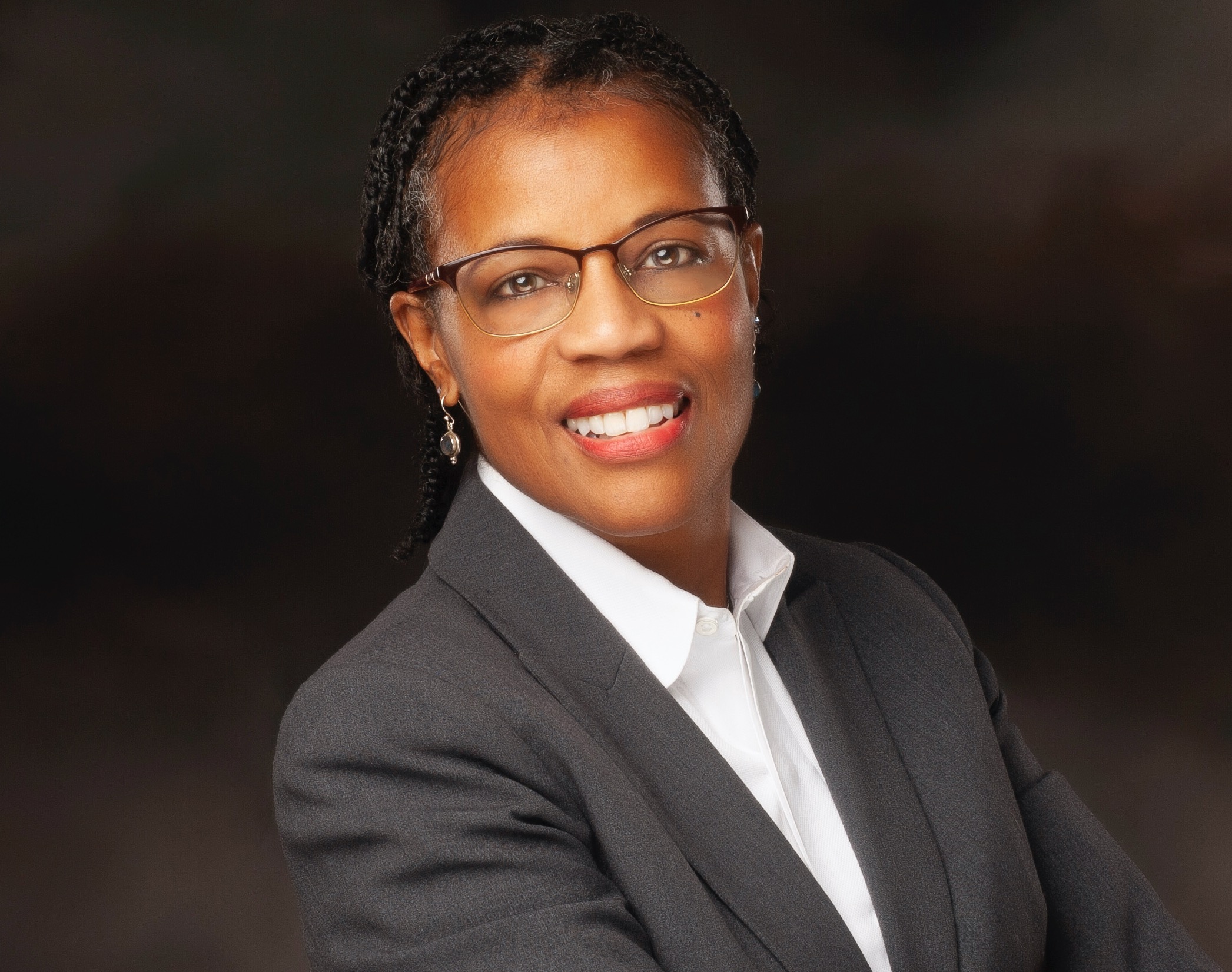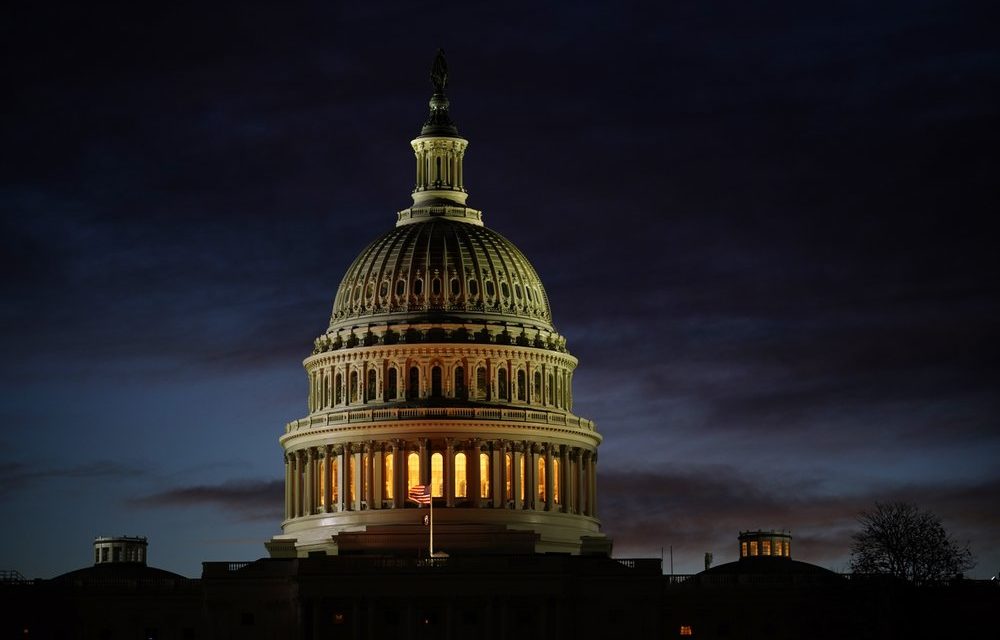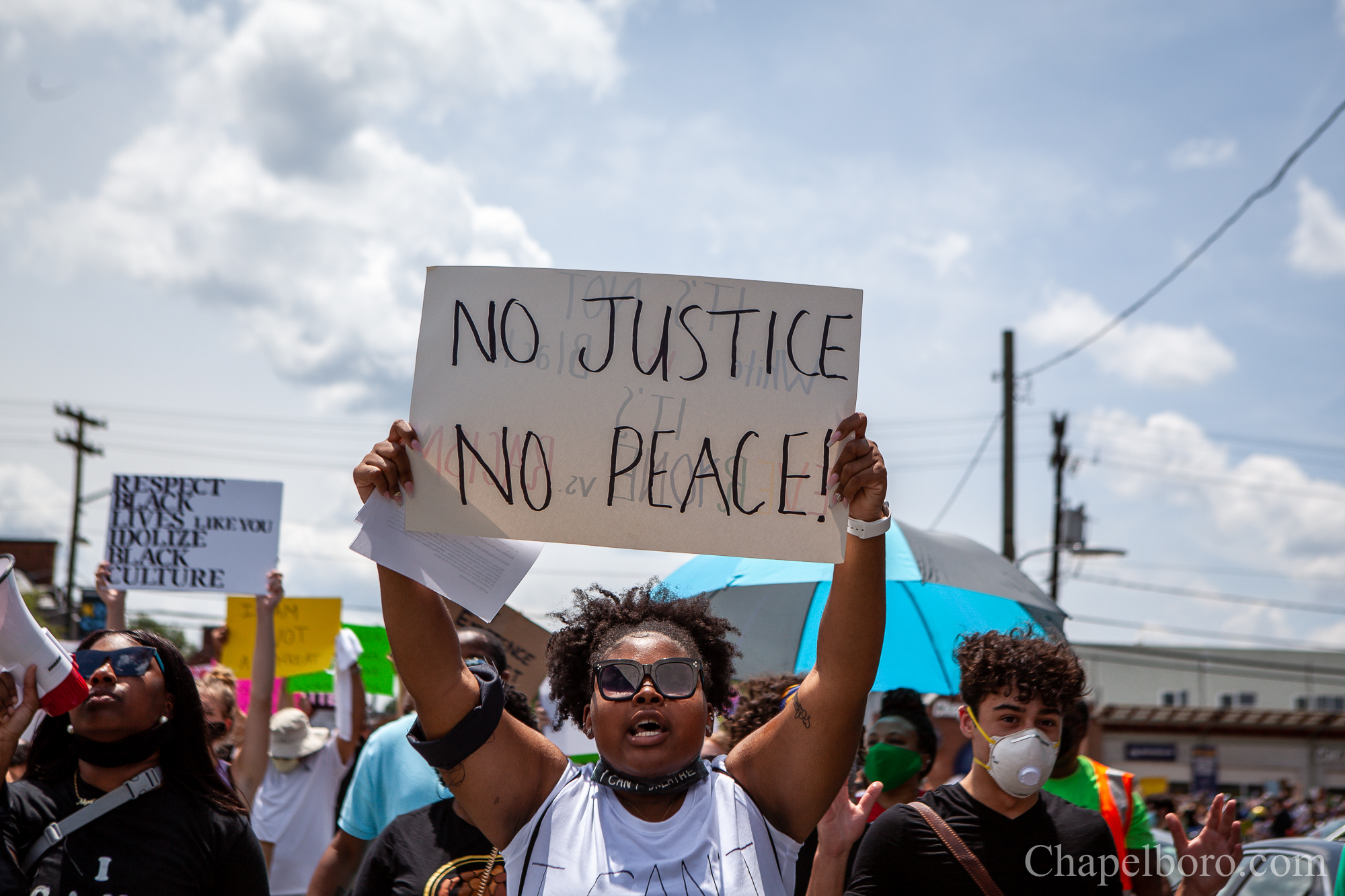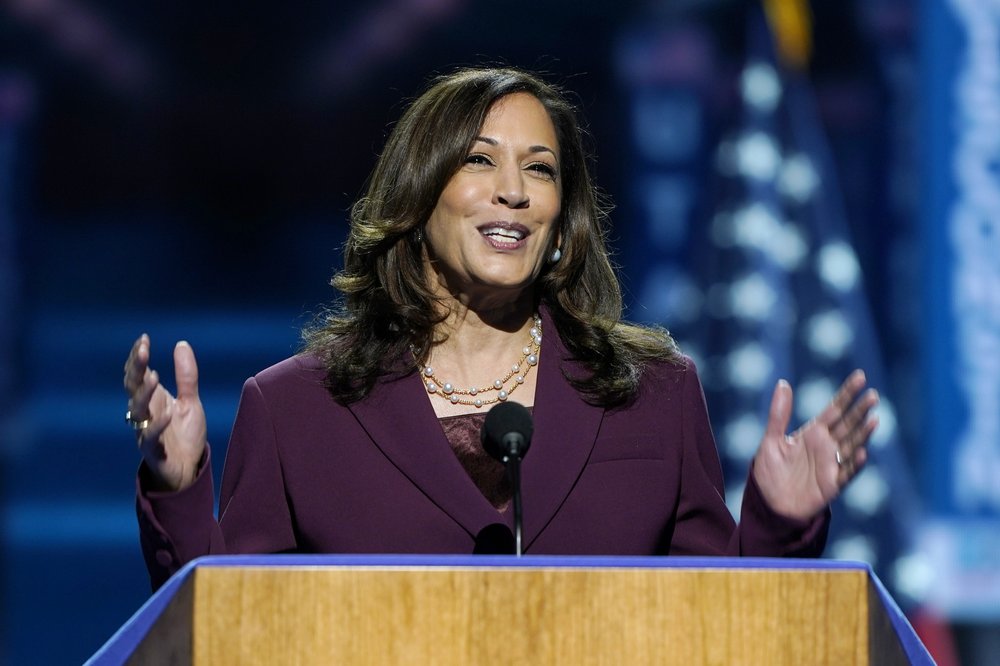The Gift That Won’t Stop Giving: The Onslaught of Diversity Committees and Task Forces
The Awakening. The Reckoning. After the George Floyd atrocity on May 25, 2020 and in the midst of an anticipated holiday season, America is now breathing again. People are asking questions and seeking answers to the mistreatment of particular communities. COVID-19 attention and precautions notwithstanding, the #BLM corporate statements, community billboards, witty social media posts, highly marketable and trendy t-shirts have been read and received by the nation. Leaders have adjusted their microphones to speak of equality and righting the wrongs of the past. Many citizens who were waiting rather patiently for change and even those protestors in the streets who remain “sick and tired of being sick and tired” now have a flicker of hope for a country whose racial history is consumed with denial and dismissal of truth. It was made clear on that day. Collectively, Black, Indigenous, Asians, Latinx, and Native Americans have disturbingly different outcomes than Whites in all of our systems and institutions. Now what?
Someone with a bright mind once stated, “Success leaves clues.” For organizations, the customary clue or key to making change begins with a look and application of what was successfully used in the past. We copy or model others. Surprisingly, to those who are unfamiliar with racial equity work, that “tried and true” action plan is often a set up for failure. The strategy and tactics necessary to overcome power dominance, status quo, and tradition require a savvy mix of experience, resilience, “thick skin,” and vision. Five-year strategic plans with predictions and charts hold little meaning for the crafty nature of bias, hate, and discrimination in the workplace. Its popular twin tool of choice is the diversity, equity, and inclusion (DEI) committee. To be exact, the gift of racial justice is centered in the activities of a DEI team of well-intentioned colleagues.
Let’s be clear here. When leaders send the signal that there will be a new DEI committee, initiative or task force to address the pressing need for organizational change, people notice. It immediately checks the box for bringing attention to a very serious matter. Courageous team members and employees have spoken out repeatedly to stop the aggressions, harmful climate, and trauma-inducing behaviors. However, the seemingly emergency formation of the DEI committee draws both applause and raised eyebrows. There are several legitimate reasons for the lack of enthusiasm for these committee structures.
Design – Questions emerge about the mission and timeline of the group’s formation. Are they given the amount of authority, broad scope, freedom, and time to execute on their named charge? Who has the final say when the pressure mounts to eliminate policy and procedures?
Personnel – Who would volunteer to serve on a task force focused on finding solutions to one of the most challenging concerns in the history of mankind? And without financial compensation or credit? Where are the Brown and Black associates who have pertinent lived experiences and/or valued scholarship to share? Oftentimes people who have the best intentions and most kind spirit are selected or “volun-told” to join the committee. Is their open heart enough to challenge systemic racism and the destructive behaviors of coworkers who are friends and neighbors though? Drs. Greenfield and Pettigrew, social psychologists who study unequal treatment, remind us that discrimination often occurs “much more often as helping rather than harming someone.” Critics point to White people who gleefully sign up but who are not conscious of or connected to the daily struggle of Brown and Black people. And how can anyone who is not experienced in the work of race and racism effectively counsel, educate, and guide young people who are assisting as interns and helpers?
Credentials – What should be the required qualifications of DEI committee members? Since everyone has bias does it make sense to include those who aren’t as close to the inequities, marginalization, and injustice? Their perspective may be beneficial as they bring “fresh eyes” to the matter. And yet, institutional activists believe that our nation and its institutions do not respect the magnitude and complexity of structural racism. Thus, we often empower and grant far too much attention to those who have a limited scope or experience with this work. So, this begs the question of who is highly skilled, courageous, and most importantly, available to serve in this role for an extended period of time?
Mission Creep – If the committee calls itself an equity team, which equity is prioritized? Historically, race and racism begin as the focus area but historically eventually lose urgency and significance due to pressures to address other forms of injustice such as ageism, disability, poverty, and sexism. The United States seemingly has an allergic reaction to race and racism discussions and analyses. And of course, we know that racial equity by definition includes far more other racial divides than just the longstanding and distressing relationship between Whites and Blacks. Thus, the specific terms of the work must be communicated often, and hopefully understood and accepted by all in the organization.
Naming – It is important to distinguish the meaning among diversity, equality, equity, and inclusion. Due to the over usage of these terms some organizations have moved away from this labeling and selected antiblackness, belonging or justice as a part of their title. In addition, the word allyship continues to be challenging as it implies standing behind or beside rather than leading. I propose the term ally-leader in the hope that conscious and fearless White people will begin to speak more often to other White people.
Power – DEI committees who function well soon come to the crossroads of exposing the power dynamic that stifles progress. Will the few at the top of the triangle of organizational structures share or reduce their power to create a healthier climate? At that point of confrontation, some committees begin to question their mission to effect change and frustration sets in for the members. Although there is power throughout the organization, people question how best to challenge those with positional power and ranking who profess to want change, yet their actions reflect a mindset of delay, patience, and unimportance. What are the steps to be “kindly bold” in the face of these colleagues who deny the existence of structural racial barriers? How can committee members be effective within a system whose design constrains their work to build a culture of consensus, collaboration, and respect for all?
Anger – Wrath and rage about the harm and trauma of racism is real. Can this fury be properly channeled on a DEI task force such that the committee’s work is not derailed by members who hold no vision of possibility? Their anger is not redemptive but focused on how ingrained the policies and practices that favor White people is within the system. There are people who strongly believe that there is no reason to be hopeful because the system keeps adapting and evolving to maintain its original purpose to advantage some over others. Are there mechanisms in place to hold grace and to permit growth for activists whose caustic voice needs to be heard? The dangers of anger remind us of a related peril: silence. Meetings can become derailed due to the reticence of members unwilling to express their opinions and understanding of matters.
It is wonderful to see the positive shift of so many companies and organizations willing to organize efforts to address inequality and inequity. Truly, the effort to publicly announce and support DEI committees is worth noting. The next step in this evolution of change is the most revealing though. Will leaders embrace the DEI’s mission and subsequently correct guidelines that hinder their very design and mission? Or will we witness an abrupt backslide when our collective memory awakens from the shock of 2020? DEI committees, initiatives, and task forces serve as the gift that many have dreamed and hoped for decades. Now these gift boxes have been opened and many are surprised that the offering is not quite what they expected. Buyer beware.
 “Never Too Far” contains perspectives and insights from an inquisitive and engaged Orange County transplant from Philly. Deborah Stroman is an entrepreneur and UNC leadership professor who has seen too much and not enough, and thus continues to question and explore the thoughts and actions of humankind.
“Never Too Far” contains perspectives and insights from an inquisitive and engaged Orange County transplant from Philly. Deborah Stroman is an entrepreneur and UNC leadership professor who has seen too much and not enough, and thus continues to question and explore the thoughts and actions of humankind.
Chapelboro.com does not charge subscription fees. You can support local journalism and our mission to serve the community. Contribute today – every single dollar matters.











